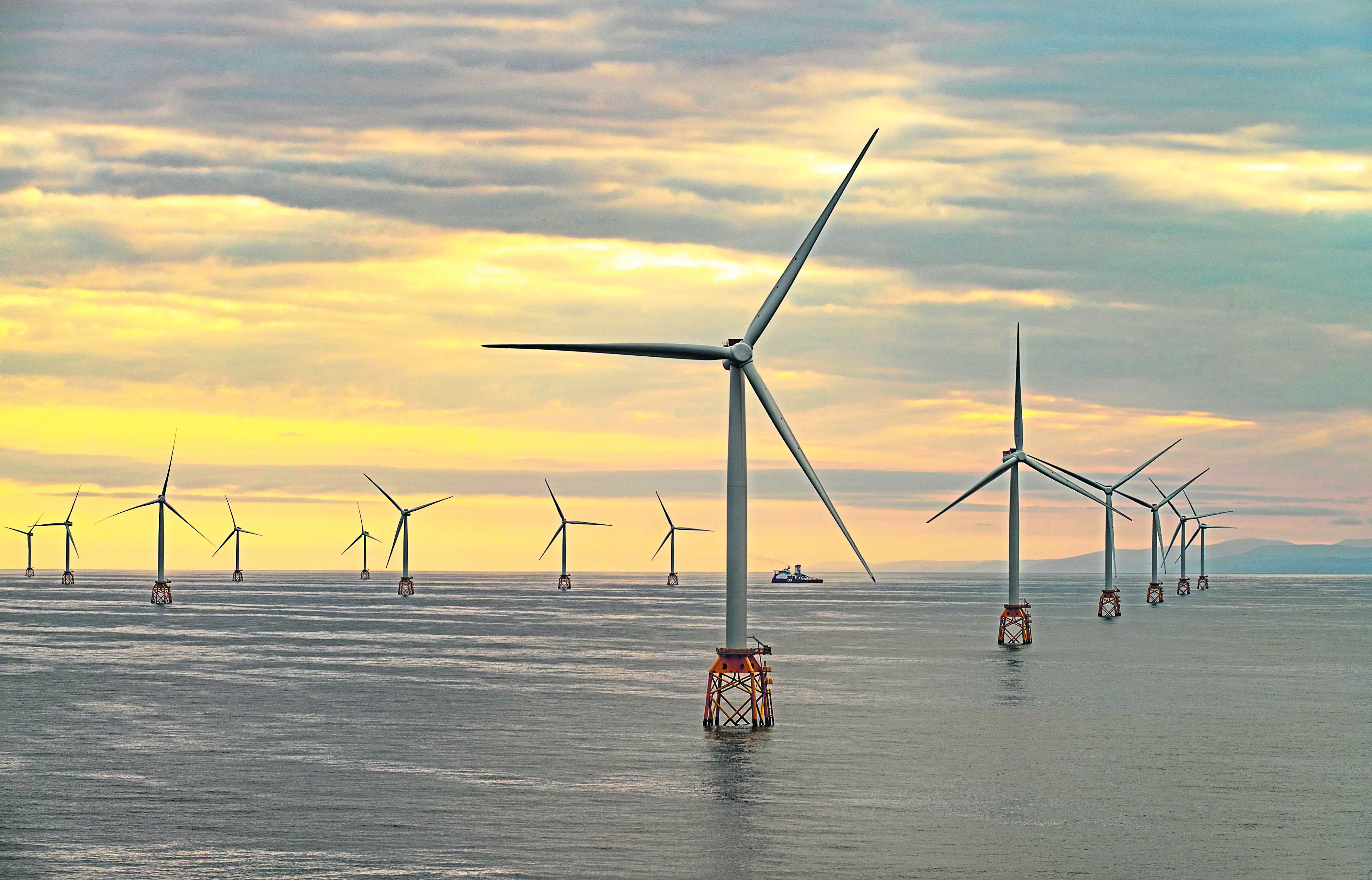
The results of a recent newspaper poll said that people would not be prepared to pay taxes to help tackle climate change.
It proved a sobering read for Scottish Renewables, not because we want to see more taxes but rather the bigger message that there is limit to what people will do to help in the fight against climate change.
Of course, ask the question a different way and you might get a different result, but let’s take the results at face value – partly because the poll’s conclusions supported the view expressed at our annual conference in March by one speaker that people are not prepared to pay for renewables technologies in new-build homes when they are faced with a slightly cheaper non-renewable option.
But then other research tells us that climate change is a serious concern for everyone and that the Government must do something about it. Other polls tell us that renewable energy is popular and, whether it is a large windfarm, the potential of wave and tidal stream or the installation of a solar panel, people are keen and pretty knowledgeable.
And then suggest that more renewables can help bring the cost of energy down and help provide secure, affordable supplies against the background of higher energy bills and the Grangemouth strike and attitudes will shift again.
An interesting exercise would be to assess the reliability of oil and diesel supplies to households off the gas grid in Scotland during the strike. I would hazard a guess that a number of households got very nervous for a while.
Where is this leading us?
Well, if you consider recent Scottish Government commitments to deliver 20% of all our energy needs – electricity, heat and transport – from renewables in line with proposals from the European Union, we are set on a path that will transform the way we use and generate energy in Scotland. We must, otherwise we will not meet a target that is a vital milestone on the way to cutting Scottish carbon emissions by 80% by 2050.
And to achieve that, Scottish public opinion must be with us.
In 2006, we published a report that asked the simple question, “What would Scotland’s energy sector look like if emissions had been cut by 60% by 2050?”. Although now out of date due to the Scottish Government’s Climate Change Bill, the broad foundations of a low-carbon economy are the same.
First of all, we would be using a lot less energy, but only about a third less than in 2002. While this is the key to the vision we have, it is probably the toughest nut to crack.
That, in turn, begs the question, “Is Government effective here?”.
With rising demand and most commentators expecting rises in electricity and transport demand going forward, you would have to say no – but it cannot take all the blame.
We all know that we should use less, but we ain’t, and it’s a sad reflection on us all that we need something more than incentives and penalties to make us do the right thing. Anyway, less and better controlled demand with a high penetration of microgeneration means that we do not have to build electrical and gas capacity designed to meet peak winter demand, but rather something substantially less. We predicted that there would be a lot of renewables in use in Scotland, large and small, in heat and electricity, producing the majority of our energy needs.
There would be a need for balancing plant but that it would have to be clean in its energy production and limited because of the reduction and management of demand and the increasing use of storage technologies such as compressed air, hydrogen storage, pumped hydro storage, hot water and batteries.
There would be more decentralised energy networks around Scotland – in heat and electricity – which means a lot of small infrastructure linked by transmission networks linking us to the rest of Europe.
The more technically diverse and geographically dispersed your generation, the more reliable it is, and a decentralised model with renewables at its heart will be an essential part of the carbon-cutting equation.
One of the questions we did not ask in the Renewables
Route Map, but now need to is, “How much electricity could we, and should we, export to the rest of Europe?”.
Not content with exporting our great technical innovations worldwide we also enjoy a renewables resource greater than our needs. This is, of course, a luxury that should not lead us to complacency. There is a great deal of innovation on the way to achieving a vision of exporting it to the rest of Europe and being self-sufficient in energy.
Nevertheless, if we can answer this question soon, we can start planning to deliver it in partnership with those markets we would want to export to.
Jason Ormiston is CEO of Scottish Renewables. See www.scottishrenewables.com
Recommended for you
